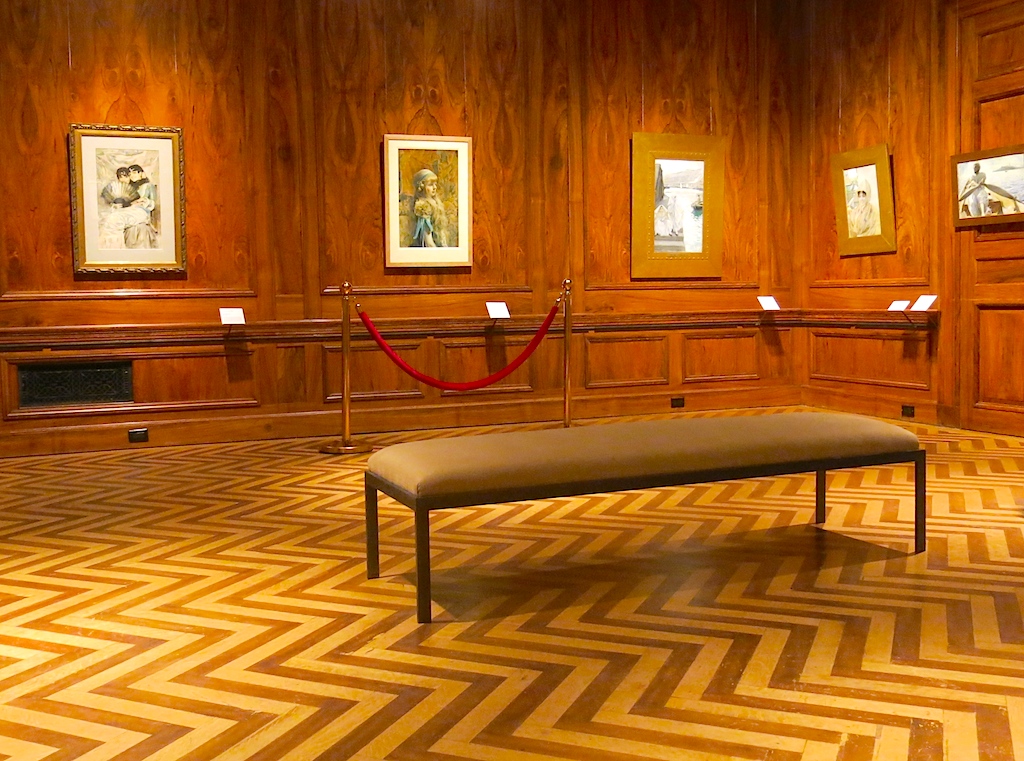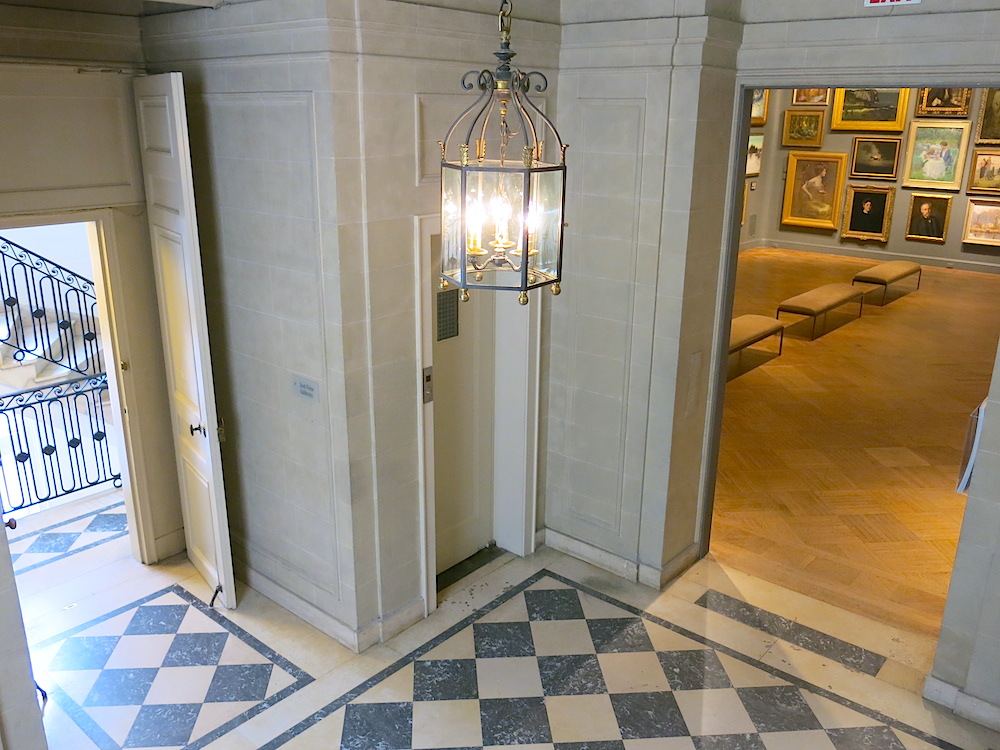One of the most successful artists of the Gilded Age, and one of the era’s most favored celebrities, Anders Zorn (1860-1920) was a portraitist of such skill and influence that only John Singer Sargent rivaled Zorn in popularity.
The National Academy’s new exhibition, Anders Zorn: Sweden’s Master Painter, helps to explain how an illegitimate son of a Bavarian brewer raised in the countryside on his grandparents’ farm in Mora, Sweden became one of the most acclaimed and sought-after international artists of European royalty and American high society.
Featuring 90 works drawn from private and public collections throughout Europe and the United States, the retrospective displays Zorn’s mastery of oil painting, watercolors, etching, and sculpting.
Accepted into the Royal Academy for the Fine Arts at the age of fifteen, Zorn quickly gained recognition for his elegant style. One of his early paintings was purchased by King Oscar II of Sweden. A charismatic artist who sought inspiration wherever he traveled, Zorn attended the 1893 World’s Fair in Chicago where he met influential members of American society, including Isabella Stewart Gardner who became Zorn’s patron and lifelong friend.
A testament to that friendship, Zorn’s Jewel-case from 1896 is an exquisite wood carving (later transferred to bronze) of a recumbent woman on a bed. Designed for Gardner, the piece was so admired by Zorn that he couldn’t bear to part with it.
The exhibition also features Zorn’s final creation, a small bronze sculpture titled The Broken Pot, which evocatively captures the juxtaposition of artistic perseverance in the face of mortality.
During the course of his seven extensive visits to the United States, Zorn cemented his social connections, painting portraits of presidents William Howard Taft and Grover Cleveland (and the first lady Frances), as well as American magnates and industrialists such as Andrew Carnegie. In 1904, Zorn attended a reception at the White House, which resulted in an etching of Theodore Roosevelt. As his wife, Emma (née Lamm) wrote about her husband in America, “He seems to fit in here.”
When not traveling, Zorn was a painter of quotidian life in Sweden, with a focus on the natural beauty and native folk culture of the Nordic landscape. His painting Midsummer Dance is one of Sweden’s national treasures.
Founded in 1825, the National Academy integrates a museum with an art school and an artists’ and architects’ association, all focused on a mission to promote the fine arts through exhibition and education. Housed in the former Huntington mansion, a 1902 Beaux-Arts townhouse located at 89th Street and Fifth Avenue, the National Academy exhibition Anders Zorn: Sweden’s Master Painter runs through May 18, 2014.
“It is wonderful that American audiences will now be able to become more familiar with this master’s art,” stated Bruce Weber, Senior Curator.






